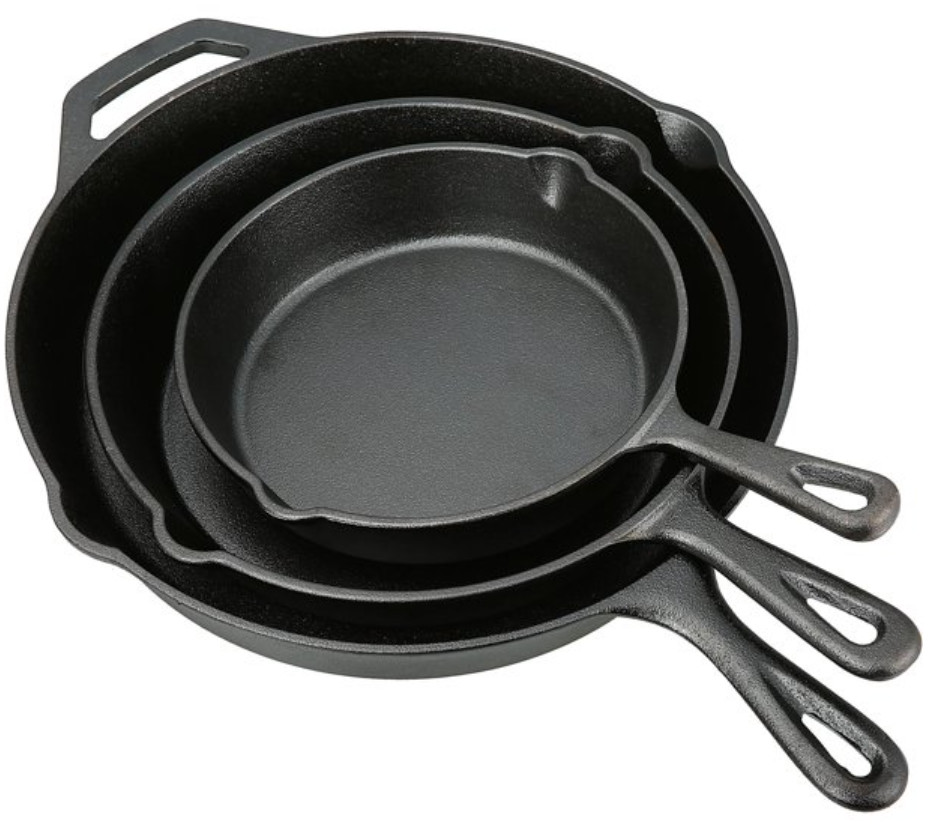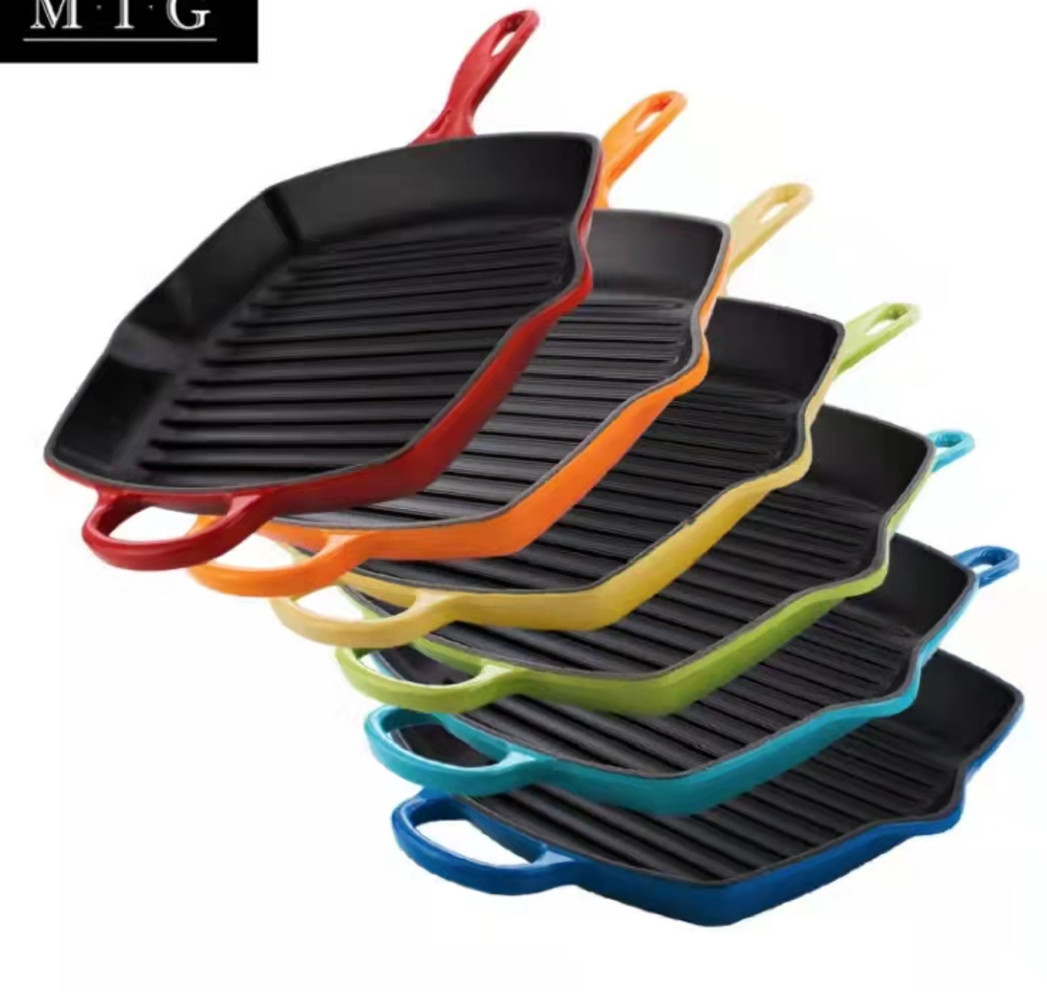- 150m dhanka Koonfur, Waddada Galbeedka DingWei, Tuulada Nanlou, Magaalada Changan, Aagga GaoCheng, Shijiazhuang, Hebei, Shiinaha
- monica@foundryasia.com
Jun . 12, 2023 18:48 Ku laabo liiska
WAA MAXAY COOKWARE BIRTA BIRTA
Waa maxay qalabka wax lagu karsado ee birta ah:
Mashiinka kariyaha ee birta ah waa qalab-karis culus oo ka samaysan birta waxaa lagu qiimeeyaa haynta kulaylka, adkeysigeeda, awoodda lagu isticmaalo heerkul aad u sarreeya, iyo karinta aan dhegta lahayn marka si habboon loo dhadhamiyo.
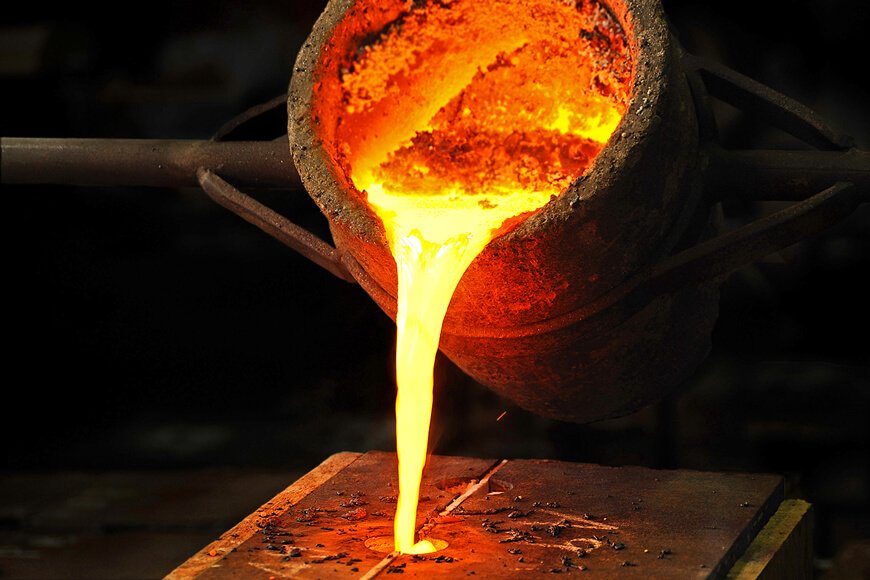
Taariikhda qalabka wax lagu karsado ee birta ah
In Asia, particularly China, India, Korea and Japan, there is a long history of cooking with cast iron vessels. The first mention of a cast-iron kettle in English appeared in 679 or 680, though this wasn't the first use of metal vessels for cooking. The term pot came into use in 1180. Both terms referred to a vessel capable of withstanding the direct heat of a fire. Cast-iron cauldrons and cooking pots were valued as kitchen items for their durability and their ability to retain heat evenly, thus improving the quality of cooked meals.
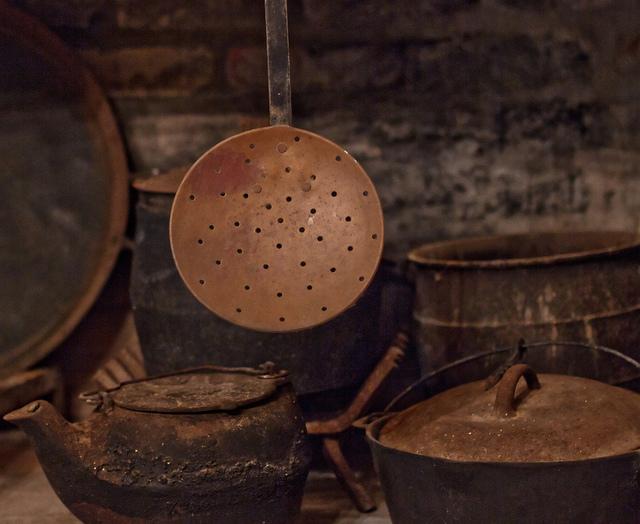
Yurub iyo Maraykanka, ka hor intii aan la hirgelin shooladda-jikada badhtamihii qarnigii 19-aad, waxa cuntada lagu karin jiray weelka, digsiyada iyo digsiyada wax lagu karsado ayaa loo qorsheeyay in lagu dhex isticmaalo foornada, ama in lagu dhex hakiyo.
Cast-iron pots were made with handles to allow them to be hung over a fire, or with legs so that they could stand in the coals. In addition to Dutch ovens with three or four feet, which Abraham Darby I secured a patent in 1708 to produce, a commonly used cast-iron cooking pan called a spider had a handle and three legs allowing it to stand upright over campfires as well as in the coals and ashes of a fireplace.
Dheriga wax lagu karsado iyo weelasha aan lugaha lahayn, ee fidsan ayaa la adeegsaday markii shooladaha wax lagu karsado ay caan noqdeen; Muddadan dabayaaqadii qarnigii 19-aad ayaa la arkay soo bandhigida guriga
cast-iron skillet.
Mashiinnada kast-birta ayaa si gaar ah caan uga ahaa guri-sameeyayaasha qeybtii hore ee qarnigii 20-aad. Waxay ahayd cunto-kariye raqiis ah, haddana raagaya. Inta badan qoysaska Maraykanku waxay haysteen ugu yaraan hal digsi oo bir ah oo wax lagu karsado.
Qarnigii 20aad waxa kale oo la arkay hordhaca iyo faafinta weelasha kabka-birta leh ee dhaldhalaalka ah.
Today, of the large selection of cookware that can be purchased from kitchen suppliers, cast iron comprises only a small fraction. However, the durability and reliability of cast iron as a cooking tool has ensured its survival. Cast-iron pots and pans from the 19th and 20th century continue to see daily use to the present day. They are also highly sought after by antique collectors and dealers. Cast iron has also seen a resurgence of its popularity in specialty markets. Through cooking shows, celebrity chefs have brought renewed attention to traditional cooking methods, especially the use of cast iron.
Alaabooyinka muhiimka ah
Noocyada qalabka wax lagu kariyo ee birta ah waxaa ka mid ah digsiyada shiilan, foornooyinka Nederlandka, qaboojiyaha, birta waffles, panini press, fryers qoto dheer, woks, fondu iyo potjies.
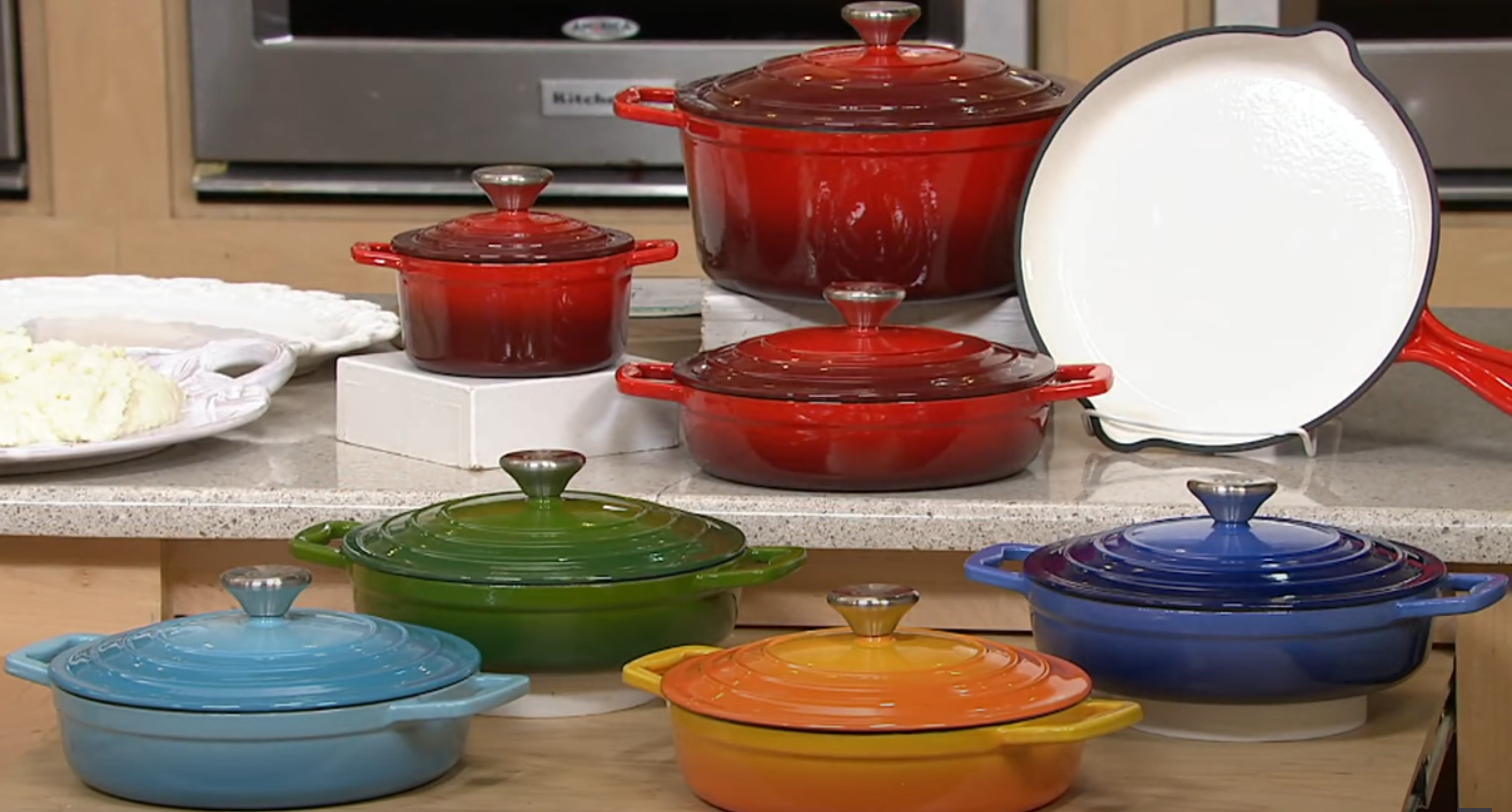
Faa'iidooyinka qalabka wax lagu kariyo ee birta ah
Cast iron's ability to withstand and maintain very high cooking temperatures makes it a common choice for searing or frying, and its excellent heat retention makes it a good option for long-cooking stews or braised dishes.
Because cast-iron skillets can develop a "non-stick" surface when cared for properly, they are excellent for frying potatoes or preparing stir-fries. Some cooks consider cast iron a good choice for egg dishes, while others feel the iron adds an off-flavor to eggs. Other uses of cast-iron pans include baking, for instance for making cornbread, cobblers and cakes.
Many recipes call for the use of a cast-iron skillet or pot, especially so that the dish can be initially seared or fried on the stovetop then transferred into the oven, pan and all, to finish baking. Likewise, cast-iron skillets can double as baking dishes. This differs from many other cooking pots, which have varying components that may be damaged by the excessive temperatures of 400 °F (204 °C) or more.
-
Product introduction of Changan Cast Iron Co., LTD
WararkaJan.24,2024
-
The Impact of the Leidenfrost Effect on Non-Stick Properties of Cast Iron Titanium Coated Cookware
WararkaJan.24,2024
-
Sahaminta Qaybinta Cunnada——Cast Iron Casseroles vs Casseroles Joogtada ah
WararkaJan.03,2024
-
Aqoon-is-weydaarsiga Baakadaha Dib loo habeeyey oo leh Shelving iyo 3D Kaydinta Alaabta
WararkaDec.29,2023
-
Nadiifinta dheriga dhaldhalaalka kabka ah ee la isticmaalay waxa lagu samayn karaa si wax ku ool ah iyada oo la raacayo tillaabooyinka soo socda:
WararkaDec.27,2023
-
Qaab-dhismeedka Metallographic ee dhaldhalaalka ee birta shubka ah
WararkaDec.27,2023
